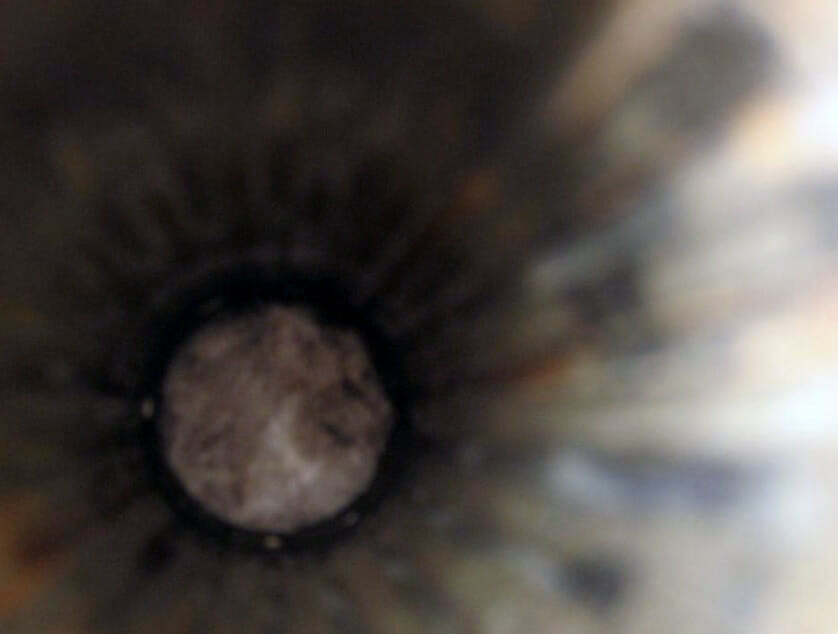In the bad old days, a plumber would have to make educated guesses on many types of plumbing problems. There was no way to inspect a pipe without physically removing it and examining it, which caused a great deal of disruption in the home. Modern plumbing is a far different story; we now have sewer camera equipment to investigate a plumbing pipe quickly. This helps a plumber to get a more detailed diagnosis, and it saves money on attempting to fix the wrong type of plumbing problem. But, how does this process work, and what really happens during a sewer camera inspection?
How Does a Sewer Line Camera Work?
A sewer line camera is a flexible, almost snake-like cable that is carefully fed into a drain or sewer pipe. The plumber will feed the camera into the line until it bumps up against an obstruction. This could be clog causing a blockage, or it may be a break in the line. The sewer line camera has a built-in radio transmitter that relays the exact physical location of the obstruction to the camera operator. So, the plumber will know the nature of the plumbing problem and exactly where it’s located. This helps the plumber to offer better advice on how to proceed, and the repair can be more precise.
4 Types of Camera Detectable Plumbing Problems
A sewer line inspection camera can identify a wide variety of potential problems in your drain lines. Let’s take a look at the four most common types of problems that are identified.
- Cracked, Broken and Collapsed Pipes
The process of feeding the camera into the sewer line will quickly identify where the pipe may be cracked, broken, or collapsed. The camera may not be able to pass beyond this point in the line, and video footage will confirm this problem. A sewer line can be damaged in a number of different ways, and this can affect how the repair is carried out.
- Tree Root Infiltration
If you have older sewer lines made our of cast iron or clay or some other type of porous material, this is a common problem. The tree root systems are constantly seeking out sources of water, and even a tiny crack can attract them to the pipe. Over time, the tree root will start to infiltrate the pipe to get more water, and it will expand over time. Eventually, it will crack or break the sewer line apart entirely, and this can often be confirmed by muddy patches and virulent plant growth on the surface of the yard above the damaged area.
- Sagging Sewer Lines
If a section of sewer line has sagged, this can lead to an accumulation of waste in the bellied section. Eventually, this will lead to a blockage problem that will repeat until the underlying problems are corrected.
- A Major Blockage
This type of major or persistent blockage often occurs when people send items into their drains that don’t belong there. Cooking grease, kitchen waste, children’s toys, and a wide variety of other materials can become caught in the sewer line. Over time, a large clog will be caused that’s hard to remove without professional help.
If you have any problems with your sewer line, contact your
local certified plumber and ask about a sewer line inspection.
By Giovanni Longo President Flood Brothers Plumbing
Giovanni Longo is a 3rd generation master plumber who has been practicing his craft and trade in the greater Los Angeles area for well over a decade and a half. A plumbing and hydraulics-engineering innovator, Giovanni’s particular world-class expertise focuses on dealing with challenging sewer system designs as well as resolving complex commercial and residential draining issues. As a certified Flood Mitigation expert, he is also well versed in a wide variety of water damage and remediation solutio





